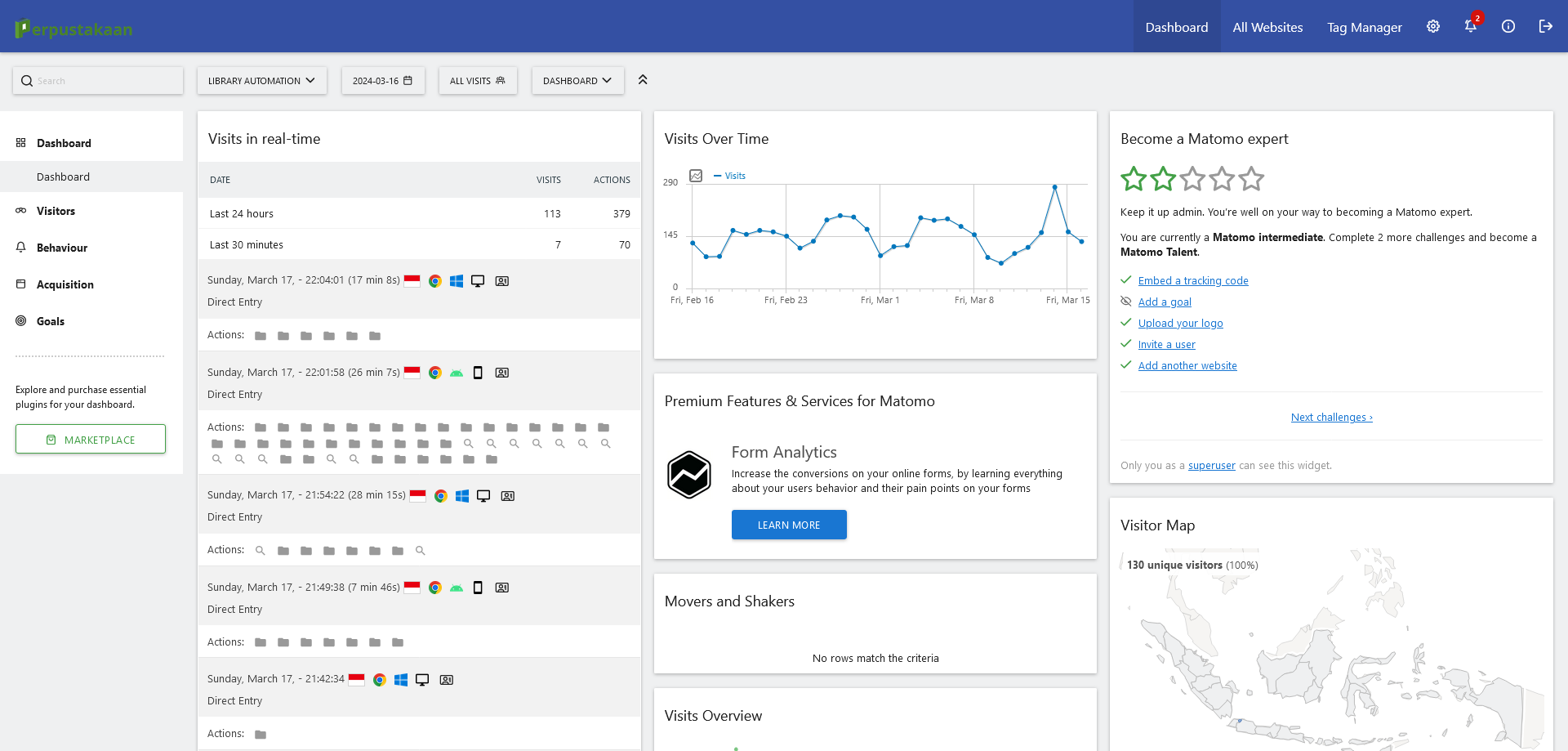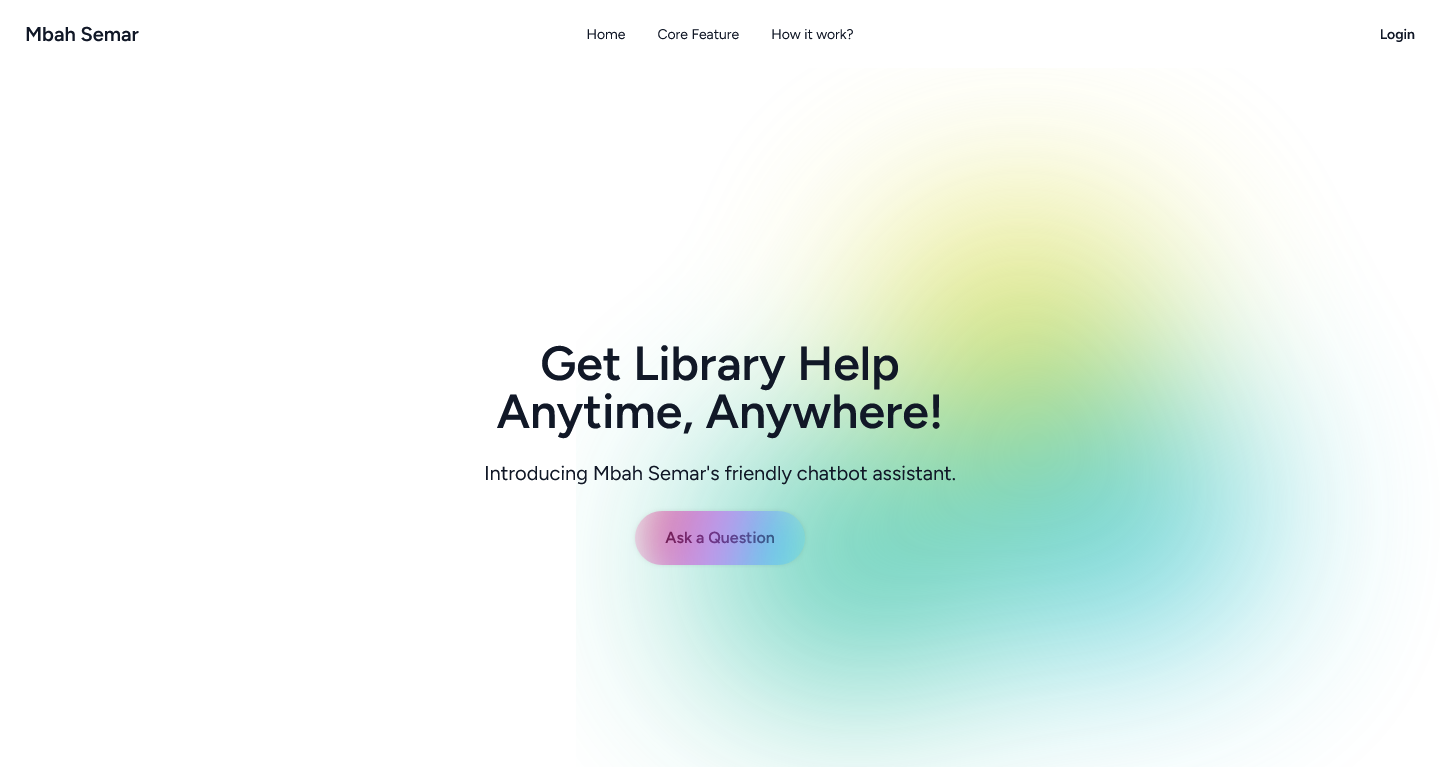Collection Details

Eyeblink conditioning in psychiatric conditions:state of the field and future directions
Greer, Tracy L. - Nama Orang
Thompson, Lucien T. (Lucien Tres) - Nama Orang
Eyeblink classical conditioning (EBC) is a model paradigm for associative (also termed Pavlovian) learning, one of the simplest and best understood forms of learning and memory. Because EBC paradigms are readily adapted across species, the neural substrates of EBC have been well characterized, and include but are not limited to the cerebellum and anterior interpositus nucleus, the hippocampus, and prefrontal cortices. The ability to collect EBC data across many different species (i.e. including but not limited to humans) also has the distinct advantage of facilitating translational research, and therefore may be of particular benefit to elucidate mechanistic changes associated with a wide variety of psychiatric disorders. In fact, EBC paradigms have been employed to assess individuals with a wide range of neurological deficits (including Korsakoff’s amnesia, Alzheimer's disease as well as normal aging, dyslexia, inflammatory tremor, dystonia, and multiple sclerosis) and psychiatric disorders (including major depressive disorder, anxiety disorders, schizophrenia, autism, and alcohol use/addiction disorders). Individuals with these disorders exhibit differential impairments across different EBC task types (e.g., delay vs. trace EBC), with some showing impairment in one but not the other task and some showing impairments in both; across learning stage (e.g., acquisition, discrimination, or extinction), and across response variables (e.g., magnitude and timing of the conditioned eyeblink motor response, modality of the conditioned stimulus). Evaluating specific individual differences in the context of variable brain pathology should aid characterization and refinement of our understanding of complex neuropsychiatric disorders. The field of psychiatry has seen a transition from more traditional use of symptom clusters to define psychiatric disorders with subsequent examination of associated behaviors and traits, to the use of physiological and behavioral indicators to characterize individuals with respect to various psychological domains [in line with the National Institute of Mental Health Research Domain Criteria (RDoC) initiative]. This approach employs a neuroscience-based framework to assess the pathophysiology of chronic mental illnesses. Behavioral and cognitive processes are critical domains of interest in evaluating potential maladaptive patterns that may be indicative of specific psychopathologies. Furthermore, the rapid development of technological advances that allow for more detailed examination (e.g., EEG, MEG, MRI, fMRI, infrared imaging) and manipulation (e.g. transcranial magnetic and direct current stimulation) of brain functions should enhance our ability to better characterize EBC performance and its utility in characterizing aspects of particular neuropathologies. Substantial research evidence exists for the value of EBC paradigms to inform our understanding of the pathophysiologies underlying a wide variety of neurological and psychiatric disorders. Despite these findings, this readily implemented classic cognitive-behavioral paradigm is relatively underutilized in clinical settings. This e-book highlights recent convergence of clinical and research efforts in this area and aims to promote a resurgent interest in eyeblink classical conditioning, and to emphasize the potential for future translational and diagnostic applications of EBC in combination with other techniques to strengthen our understanding of alterations in brain function manifested in behaviors characteristic of specific psychopathologies.
Additional Information
- Penerbit
- Lausanne, Switzerland : Frontiers Media SA (2017)
- GMD ( General Material Designation )
- Electronic Resource
- No. Panggil
-
153.1526EYEe
- ISBN/ISSN9782889452750
- Klasifikasi
- 153.1526
- Deskripsi Fisik
- 98p.: ill.
- Bahasa
- English
- Edisi
- -
- Subjek
- Mental Disorders
Humans - Pernyataan Tanggungjawab
- -
- Info Detail Spesifik
- -
- GMD
- Electronic Resource
- Tipe Isi
- text
- Tipe Media
- computer
- Tipe Pembawa
- online resource




